I made an interesting discovery while building the brains. Both of the ESP modules work!
I dont know what I did wrong, and I've had this apart and back together again before I gave up. However this is module 1, the assumed dead one I put in there while I was soldering so I could check the wires as I soldered them in.
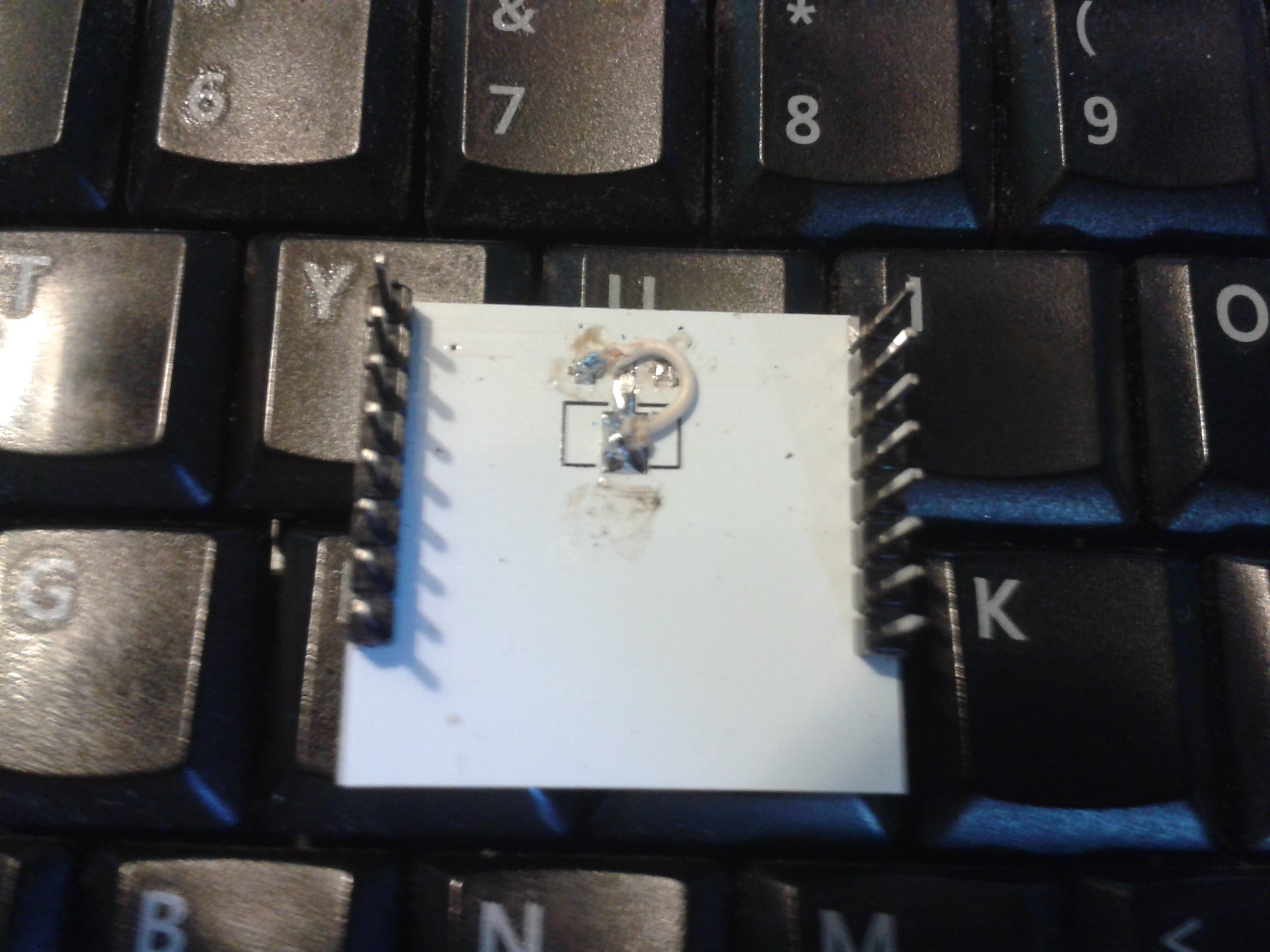
I pulled the only SMD 3.3v regulator I have off the board and experimentally jumpered the module to take a 3.3v supply instead of 5v, however I didnt notice it was module 1 despite labelling them lol. Forgive the sh*t soldering, like I said its been apart a few times. The regulator went onto the motherboard to drive any module and comes off the ATMega328 supply. I've bodged the wiring on them somewhere as well, they dont power up. I've done something stupid, thats what you get for wiring from memory. Bad Toad.
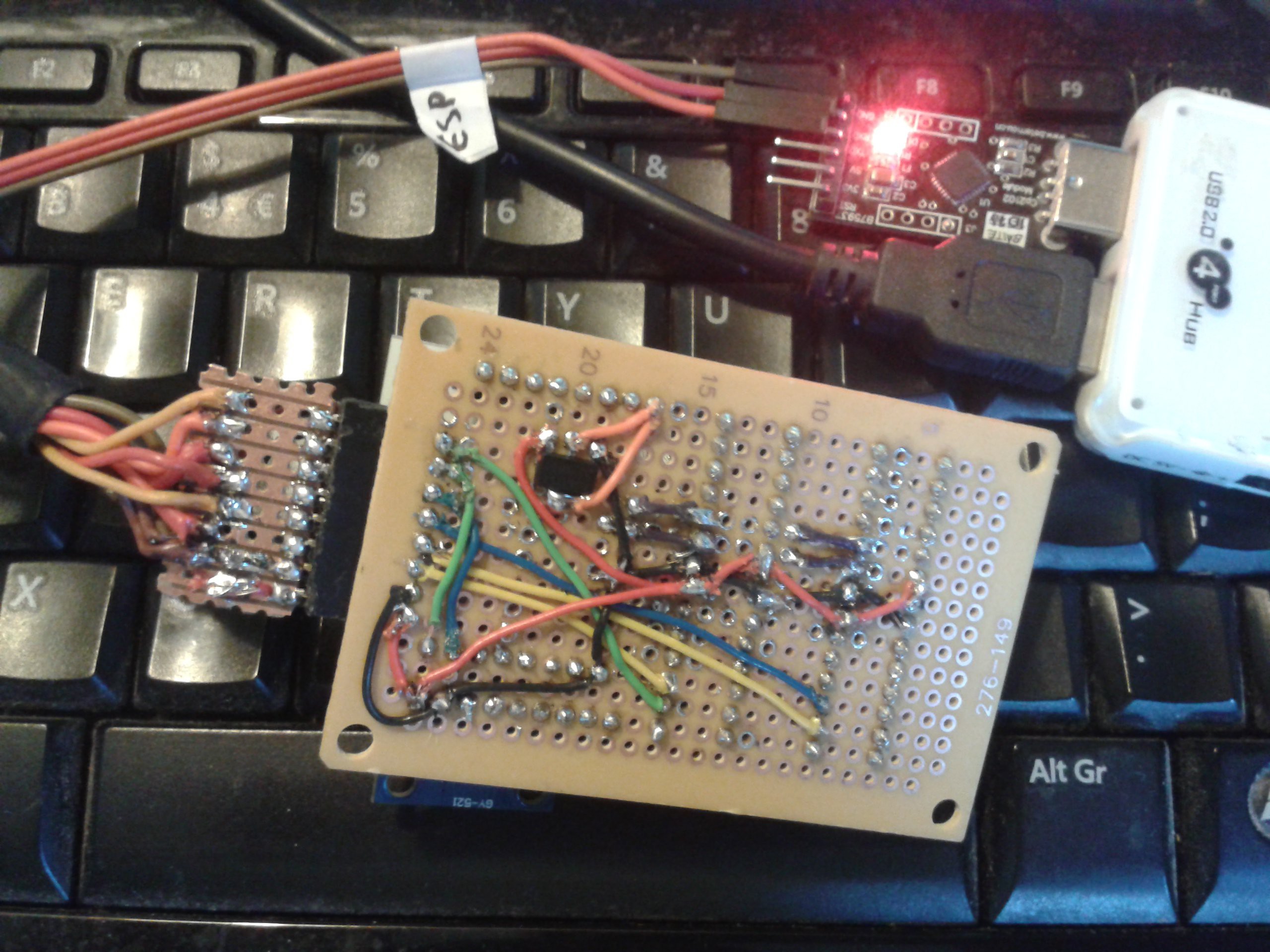 However, to my surprise the ESP module did work. I knew it powered up, but I never managed to get it to communicate before, sat on its breakout with the regulator onboard.
However, to my surprise the ESP module did work. I knew it powered up, but I never managed to get it to communicate before, sat on its breakout with the regulator onboard.
I swear he just winked at me ;-)
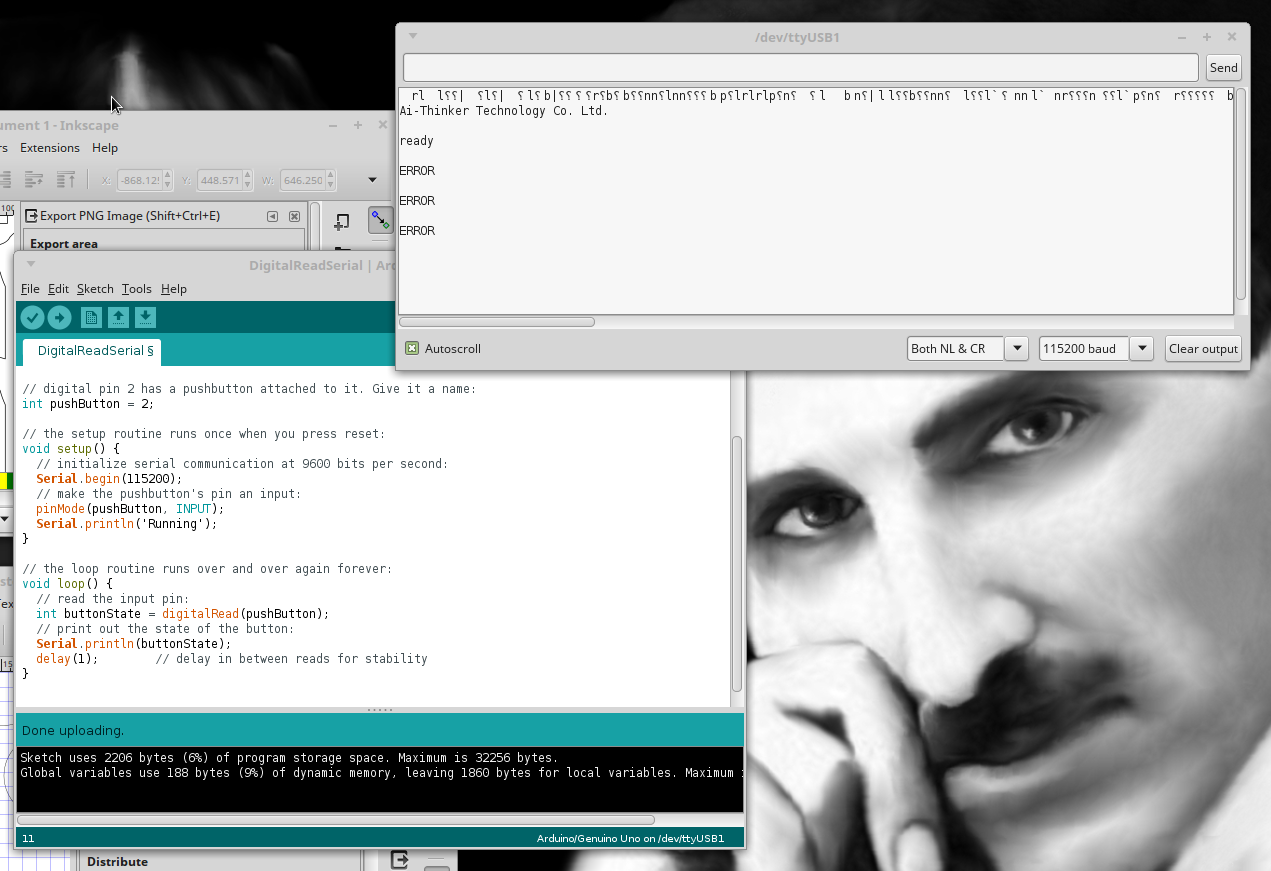 Ewww, Lua. Loaded, Used, Archived...
I have a problem with the plethora of general-purpose languages that have sprung up. I like Python, I like C++. Python is written in C++, shares some syntax with it and basically forms a higher-level and more flexible way to create machine code. C++ of course just does it the hard way, and all languages are ultimately written in it, so the syntax becomes a matter of personal preference. Mathematics and logic are not good subjects to apply preference to, so unless a language has a specific use, it doesnt have a point IMO, and Lua just adds another dialect to the pot.
There are exceptions to this, for example MIT's Appinventor was designed specifically to be written graphically in a browser and compile into a framework so it has a rigid syntax and is very hard to type and read so it was necessary to build an entire language rather than build a graphic interface to an existing one. Lua on the other hand just appears to mash-up some of the more fluid syntaxes from other languages and to be honest I find it confusing. I've written in several different Assembly languages, Microcode, many Basics including VB, Forth, Pascal, VBS, JS, C, C#, Python. I've managed to avoid Ruby and Lua because I take one look at their code and my brain barfs up all the others it reminds me of.
Ewww, Lua. Loaded, Used, Archived...
I have a problem with the plethora of general-purpose languages that have sprung up. I like Python, I like C++. Python is written in C++, shares some syntax with it and basically forms a higher-level and more flexible way to create machine code. C++ of course just does it the hard way, and all languages are ultimately written in it, so the syntax becomes a matter of personal preference. Mathematics and logic are not good subjects to apply preference to, so unless a language has a specific use, it doesnt have a point IMO, and Lua just adds another dialect to the pot.
There are exceptions to this, for example MIT's Appinventor was designed specifically to be written graphically in a browser and compile into a framework so it has a rigid syntax and is very hard to type and read so it was necessary to build an entire language rather than build a graphic interface to an existing one. Lua on the other hand just appears to mash-up some of the more fluid syntaxes from other languages and to be honest I find it confusing. I've written in several different Assembly languages, Microcode, many Basics including VB, Forth, Pascal, VBS, JS, C, C#, Python. I've managed to avoid Ruby and Lua because I take one look at their code and my brain barfs up all the others it reminds me of.
Success!
Finally I managed to get all three processors working after a significant rewire. I've checked and double-checked, but I cant see any difference between the two circuits other than the prototype is a bloody mess...
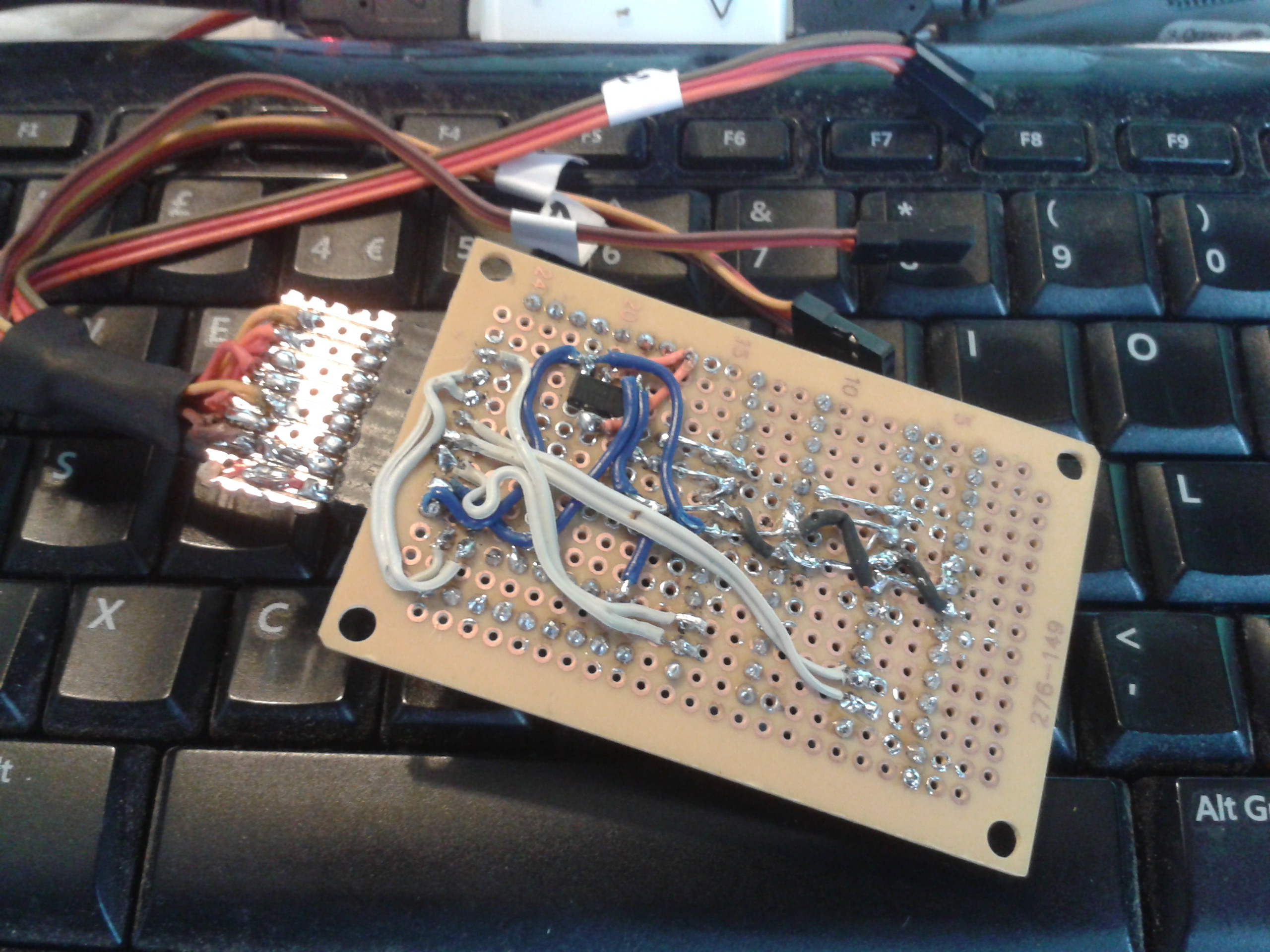
Much neater and cleaner. I also added pin headers to my programmer board so it plugs into this one, allowing me to flash the ESP. The plug to the left needs a flylead added to carry the reset signal and then the ATMegas can be flashed onboard too.
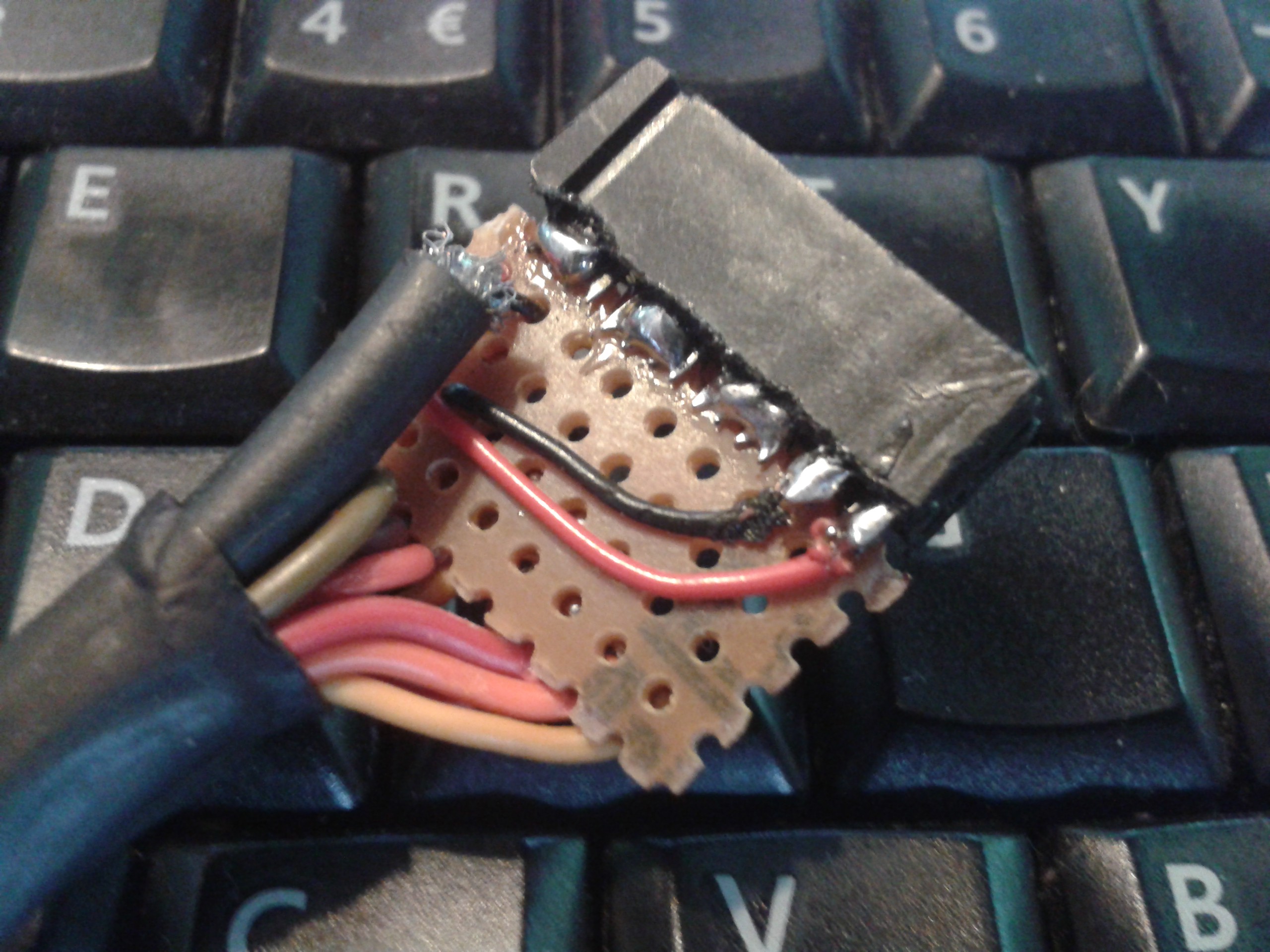
I can add it to the modified programming interface. This plugs in either way round, at the moment it breaks out the three RX/TX/GND groups into plug headers. Upside down it supplies power and jumpers the three processors into RUN configuration so they talk to each other in a ring for testing. Eventually this will be supplanted with a battery connector containing the just the RUN jumpers and power.
The brain, with programming interface. Now fully functional except for software and pin-headers which I've run out of. Again... ;-)
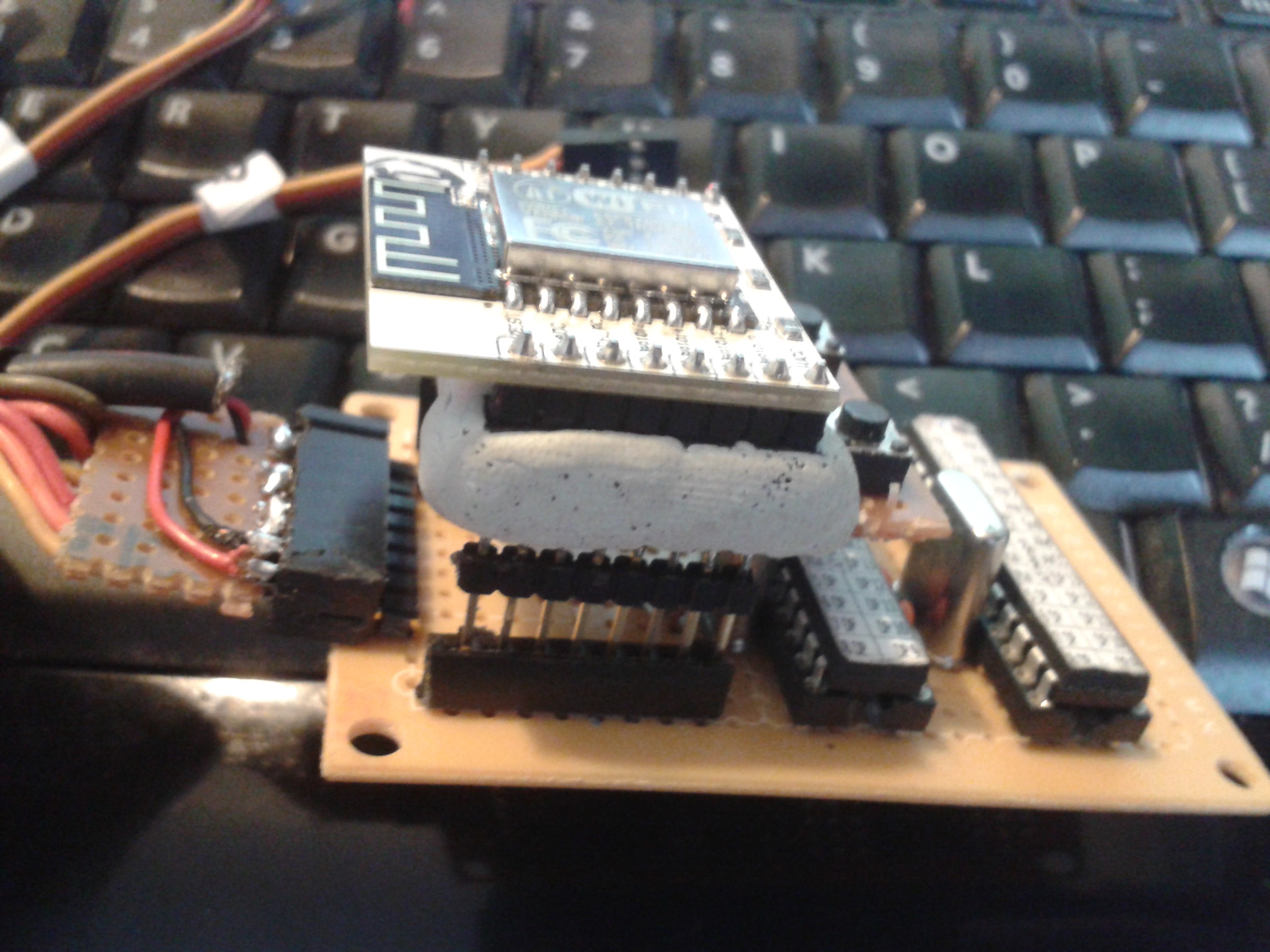
I just thought I'd add this because it made me laugh.
When I bought a set of SMD caps and resistors, plus some LEDs and other bits and bobs with the intention of learning to handle them, I found a strip of resistors marked 000 and wondered in what circumstance I'd ever need them. And even if they were resistors at all, if they didnt have any resistance.
Now I know what they are for...
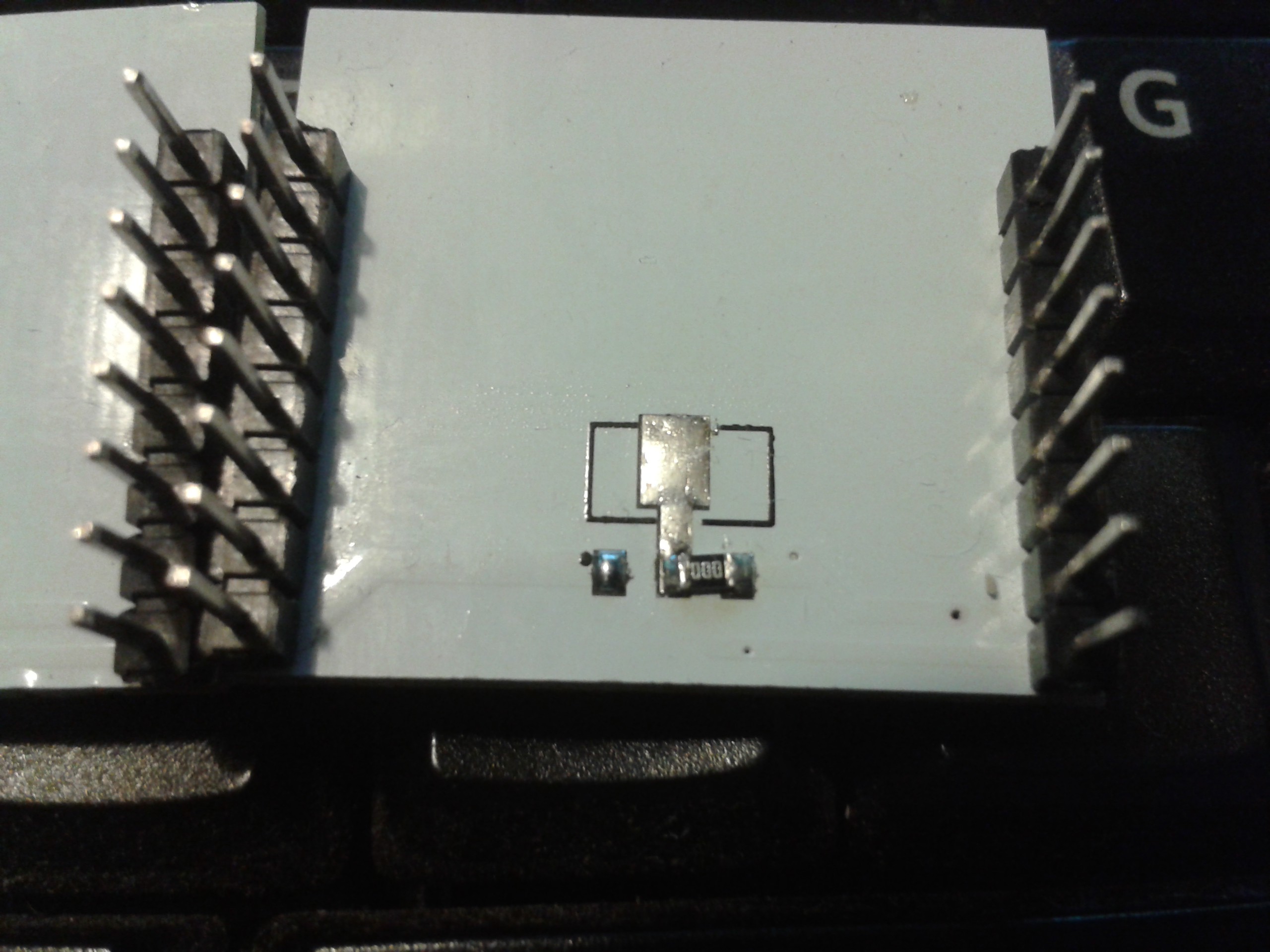
Recovering SMD components without an oven isnt that difficult. Most of them arent worth having, caps are unmarked and too small to test easily anyway... I folded a piece of Kapton tape in two so it was no longer sticky, and slid it under the regulator while heating the tabs one by one with the iron. A bit of acetone to remove the flux and its good as new. Transistors and other devices including small ICs, and probably even board-on-board devices like the ESP should just pop right off. I'll try this later and see if it is as easy to remove as the regulator.
 Morning.Star
Morning.Star
Discussions
Become a Hackaday.io Member
Create an account to leave a comment. Already have an account? Log In.